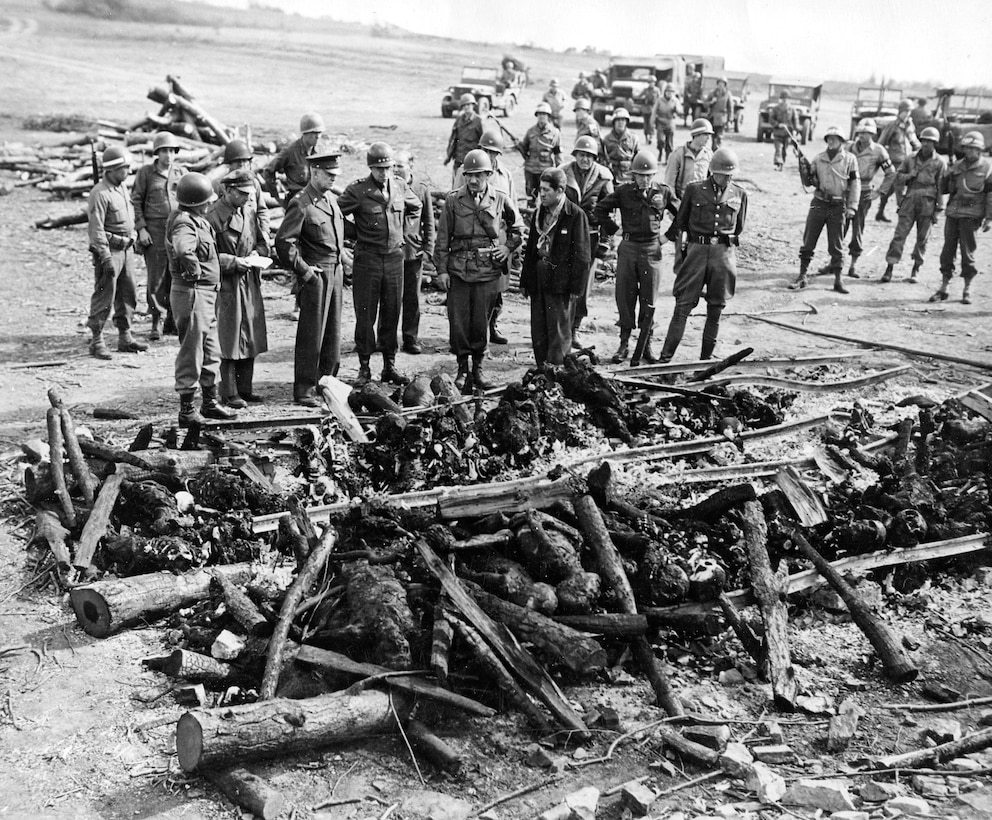bombsaway wrote: ↑Thu Nov 21, 2024 2:19 am
I'm skeptical of this. Provan fit 8 people (with average weight of 33.25 kg) into a box of 21 by 21 inches (with an open top)
https://mailstar.net/Provan-HI.pdf
Assuming 70 inch height (which is additional empty space clearly not filled), the box would be .5 cubic meters.
21 x 21 x 70 = 30870 cubic inches = .5 cubic meters
if we scale up the weight to 40 kg, we get 16 / 1.2 or 13.3333333333 bodies per cubic meter. But again there's clearly a lot of vertical space there since only 3 adults, so 13 is something of a minimum.
Basically your assertions are not believable to me (and shouldn't believable to anyone) because they're just talk, eg "15 bodies per m3 is
completely insane", with no substantiation given. In my view you're tricking yourself into believing things. I don't want to single you out, Mattogno says the same thing, it's a pattern with revisionists tbh, but in this case you guys are failing clear empirical tests.
EDIT: Just to note, the box is only 60.5 inches tall, not 70 inches.
Let's break this down. Here is the experiment in-progress:

- provan1.jpg (78.13 KiB) Viewed 2029 times
Provan's box is reportedly 43.8% the volume of 1m3. However:
At least two of the people in the box (but likely three, given the woman whose head/body are covered by the men) have their heads sticking out some 5-9 inches of the box (the woman perhaps much less, but this means she is especially small). The box has more than one open side.
Moreover, to include a baby (as a doll) at all in this experiment is insane. For example, Sanning indicates:
Thus, the inclusion of a baby in Provan's experiment overestimates the presence of babies in the 'Holocaust' by some
60-fold. This is in addition to the fact that the other children he includes were only aged 2-10 (with the 10-year-old seemingly towering over the much-smaller others). The average child should all be closer to at least the size of the 10-year-old, when factoring in 11, 12 year olds, and teenagers.
In Provan's experiment, we also have people actively cooperating to fit perfectly; this means the experiment at best represents the most extreme upper maximum, once adjusted for the problem with non-containment and disproportionate babies/children.
Here is a summary with some generous assumptions:

- ProvanBox.jpg (338.36 KiB) Viewed 2029 times
Ultimately, for a given volume, a reasonable packing density (assuming some very systematic yet still imperfect packing) in a 'Holocaust' context is around 8-9, with 10 or 11 being an unreasonable extreme (and higher than 12 being
impossible).
As mentioned in the note under the table above, this still has not factored in other causes for ground disturbance which are known to have occurred (e.g. grave robbing, bombing, other burials). It also has not factored in certain other volume reduction constraints, such as the need for sloped side walls in graves (a constraint often missing from these types of grave volume calculations but which has been acknowledged by Muehlenkamp, etc).
And as also mentioned in the note under the table,
if the Germans were burying bodies in a non-incriminating way, the packing density would be much lower, given no intentions to anticipate and maximize corpse concealment (bodies simply thrown in, cover layers between corpses as new ones arrive, etc.).
Thus, the ground disturbances identified align far more with the revisionist interpretation.

